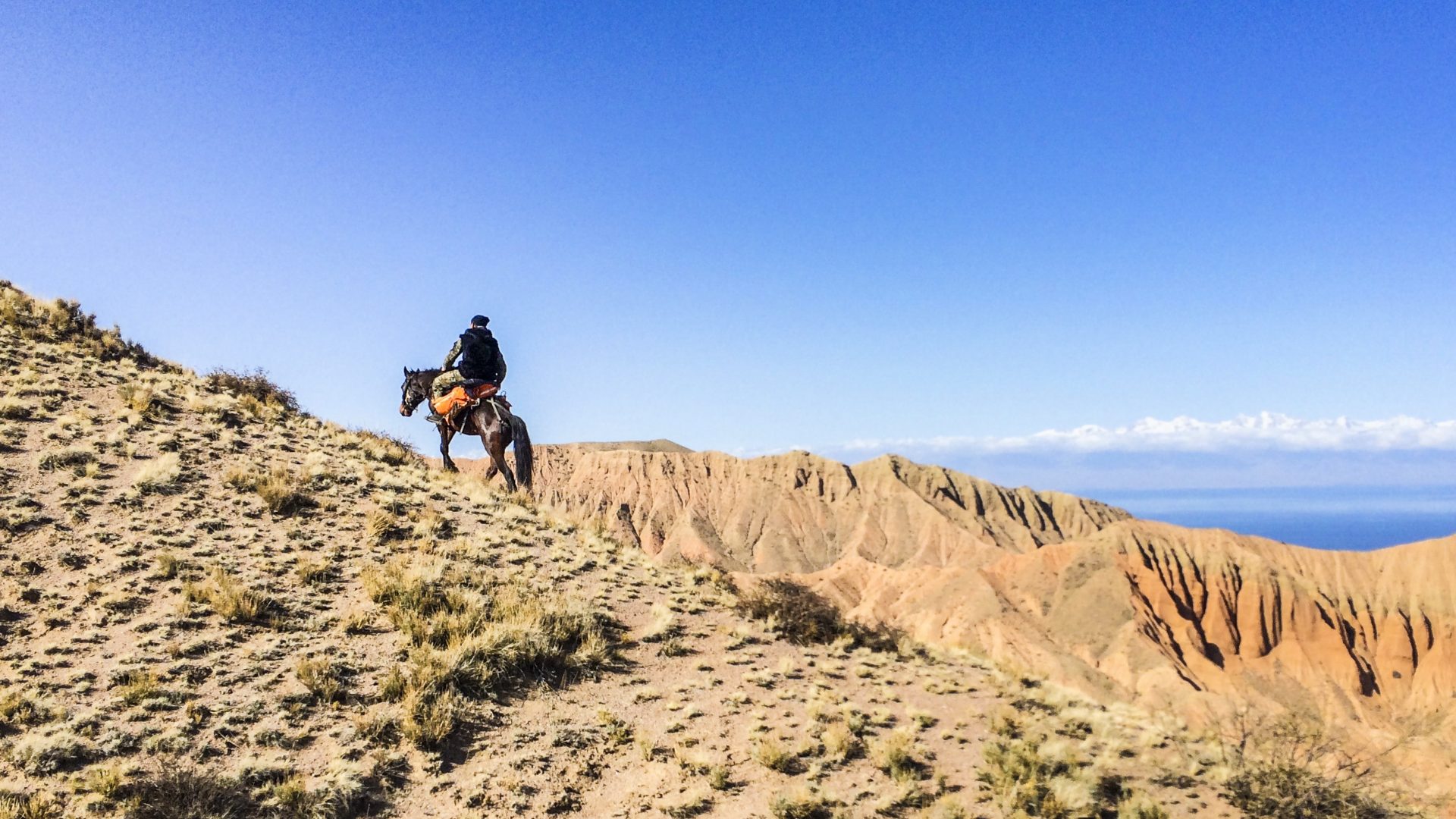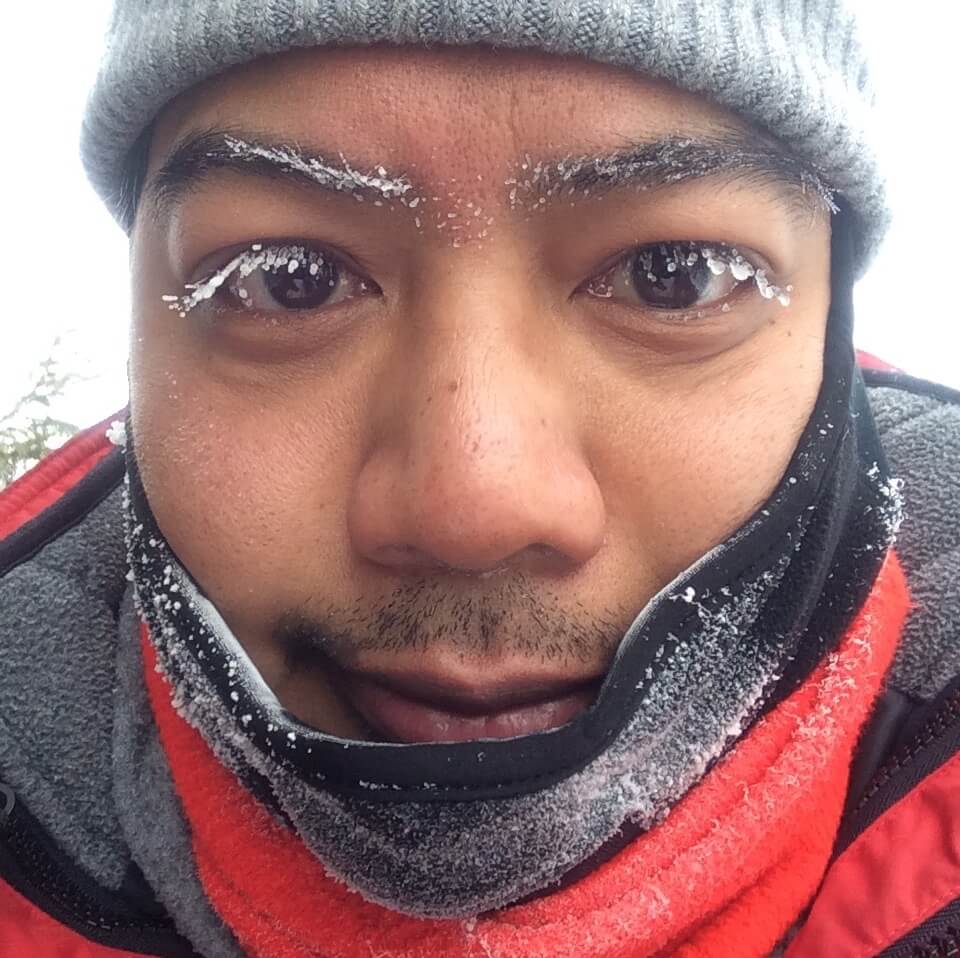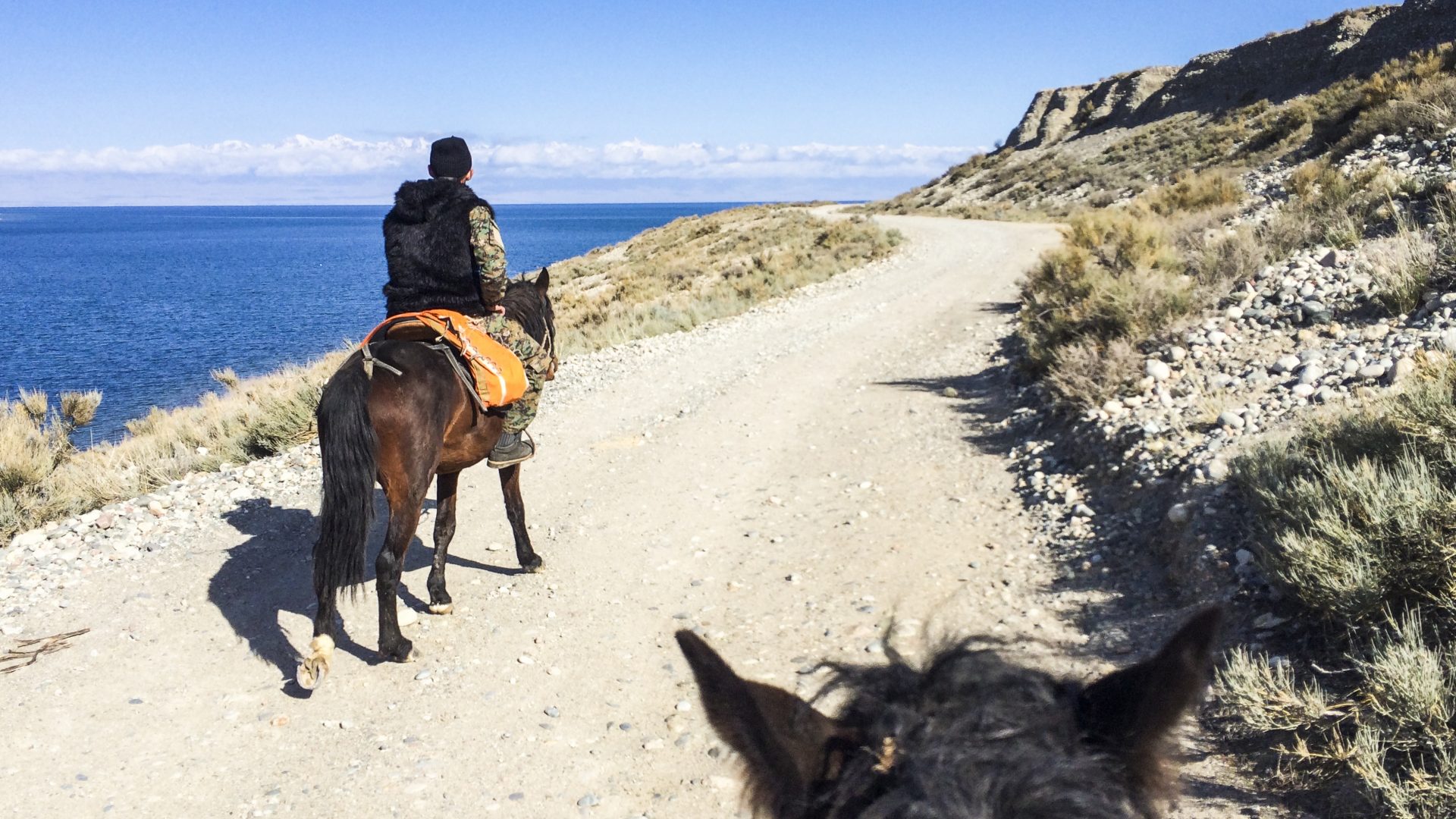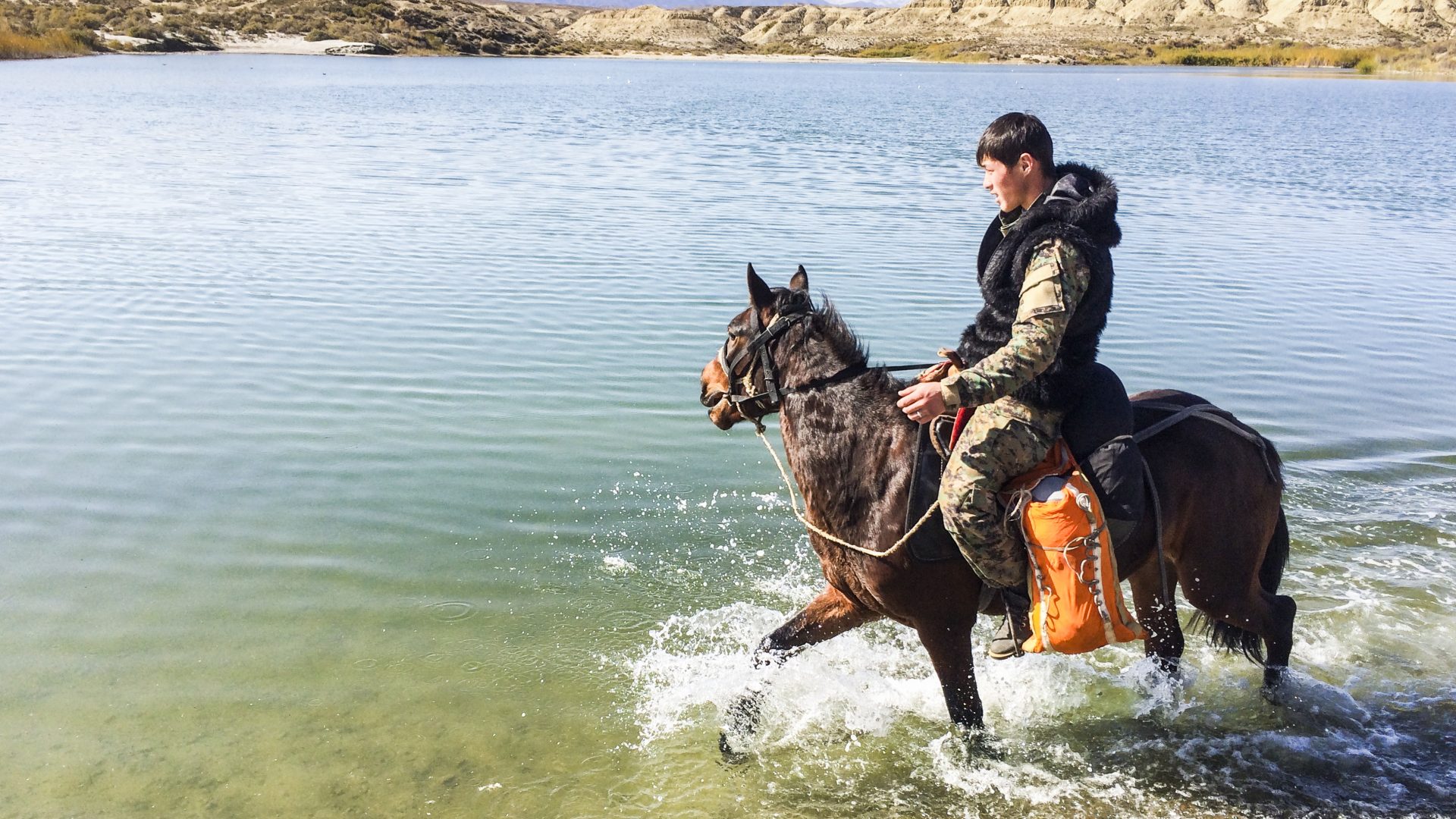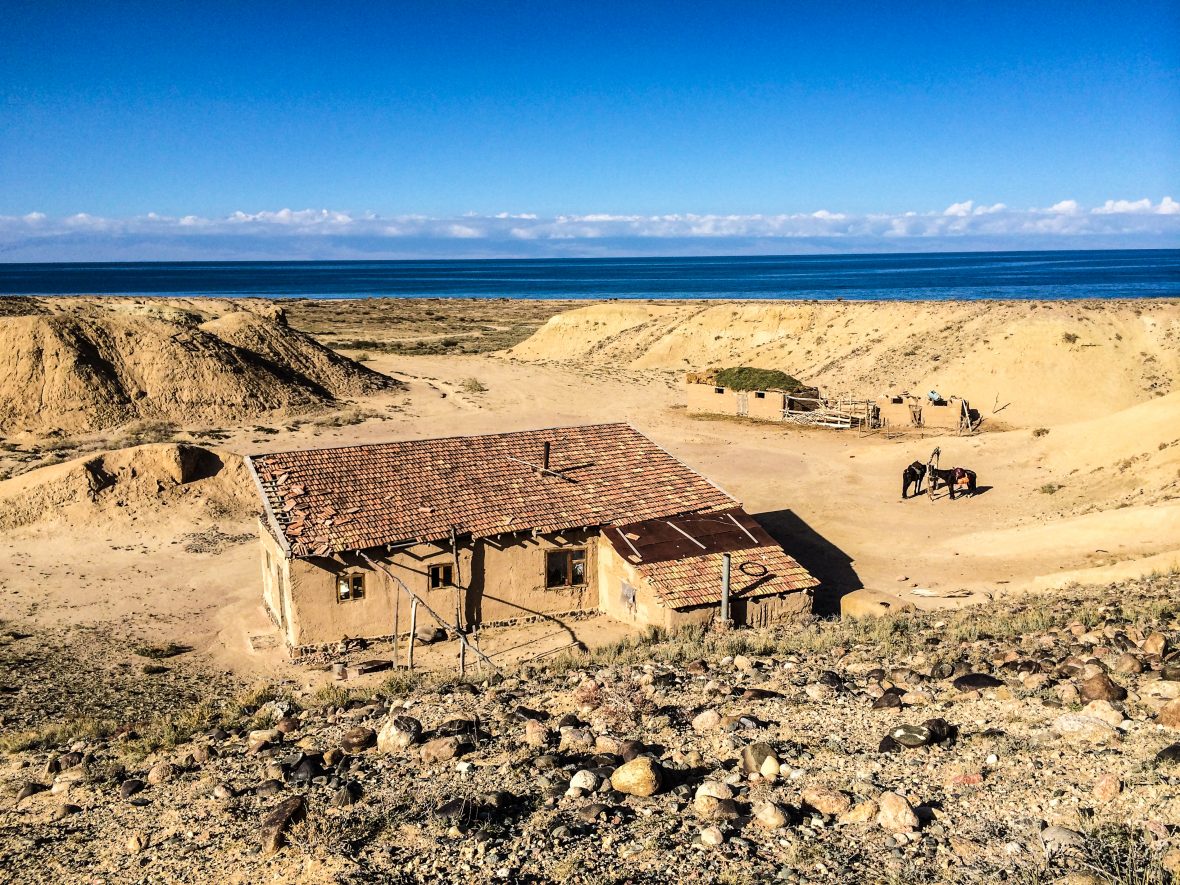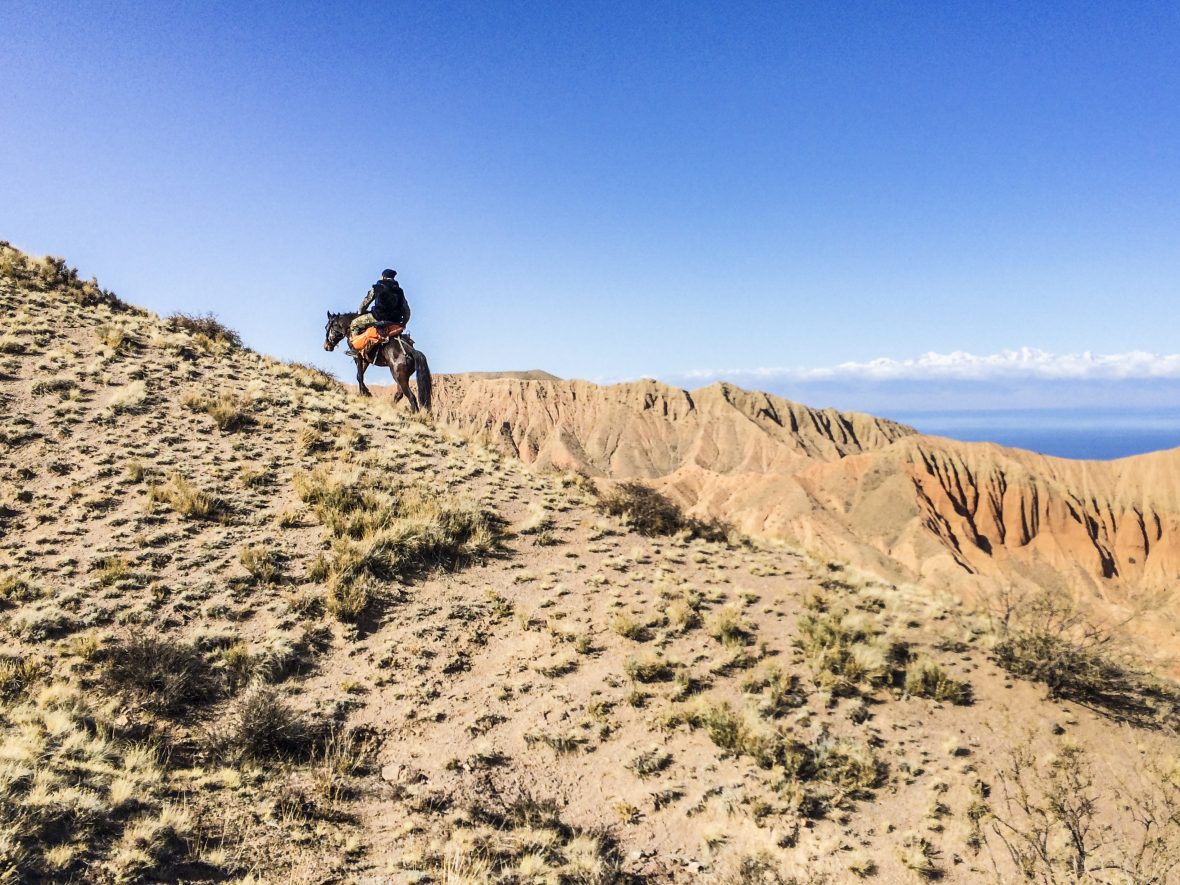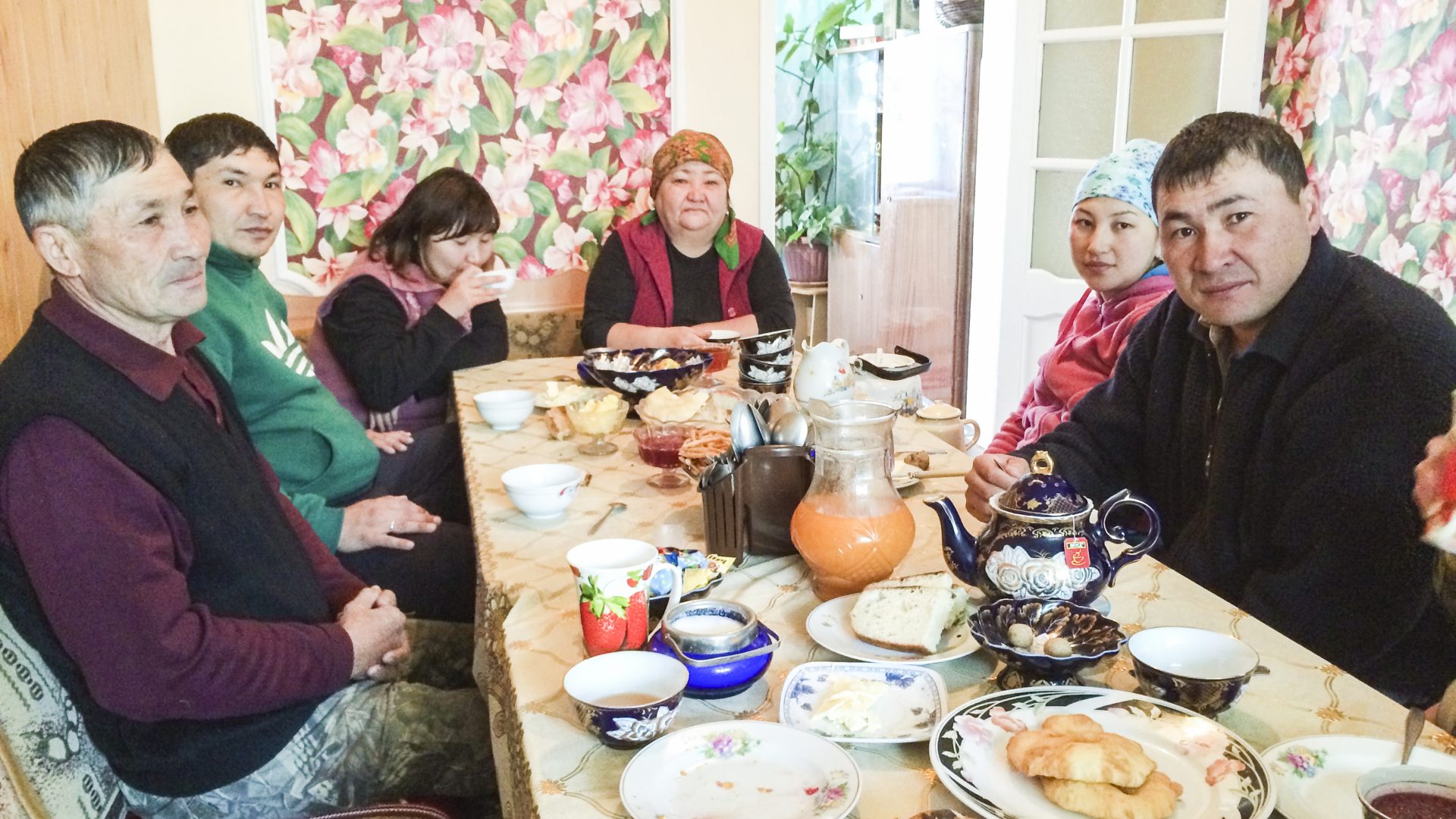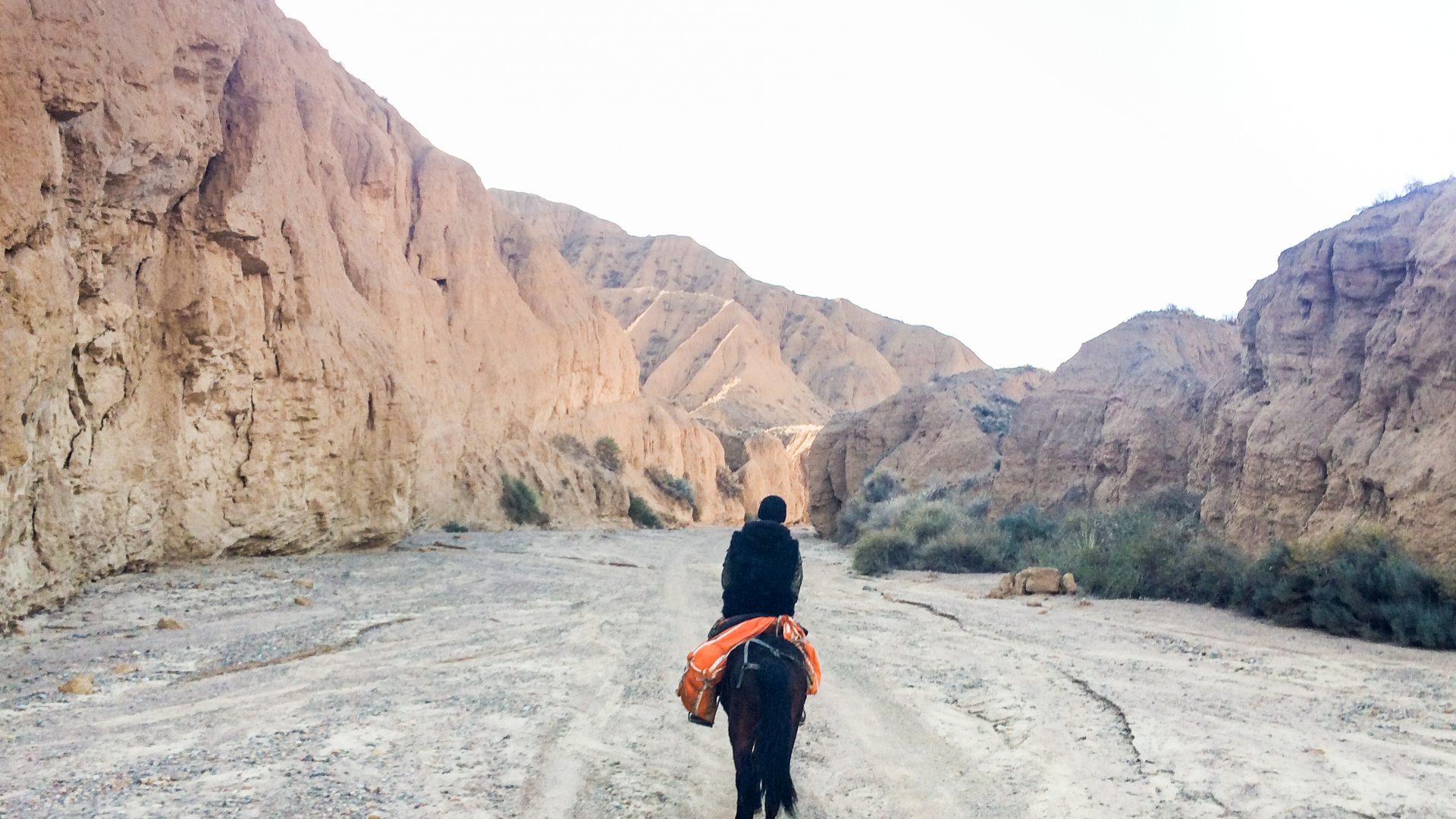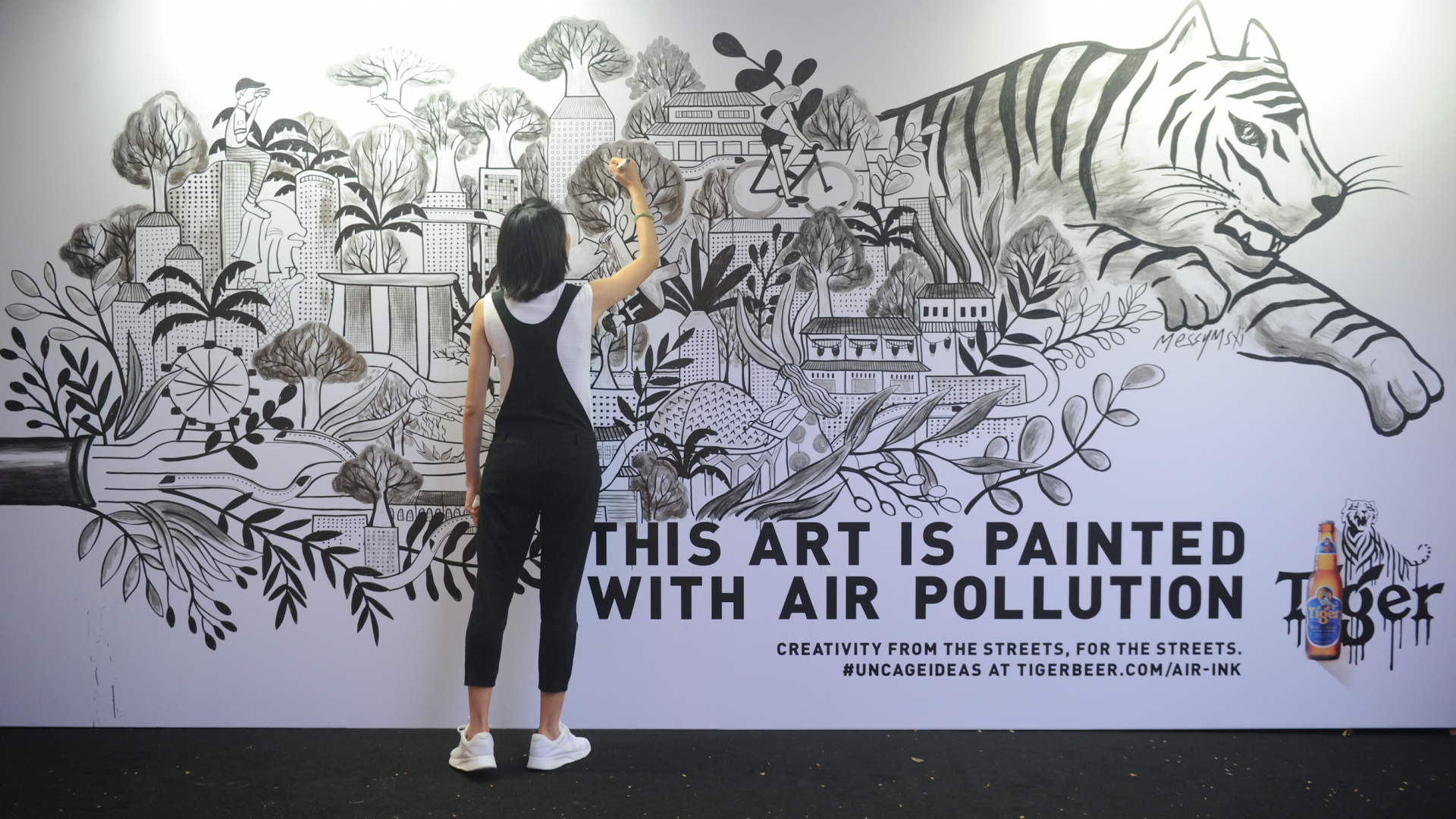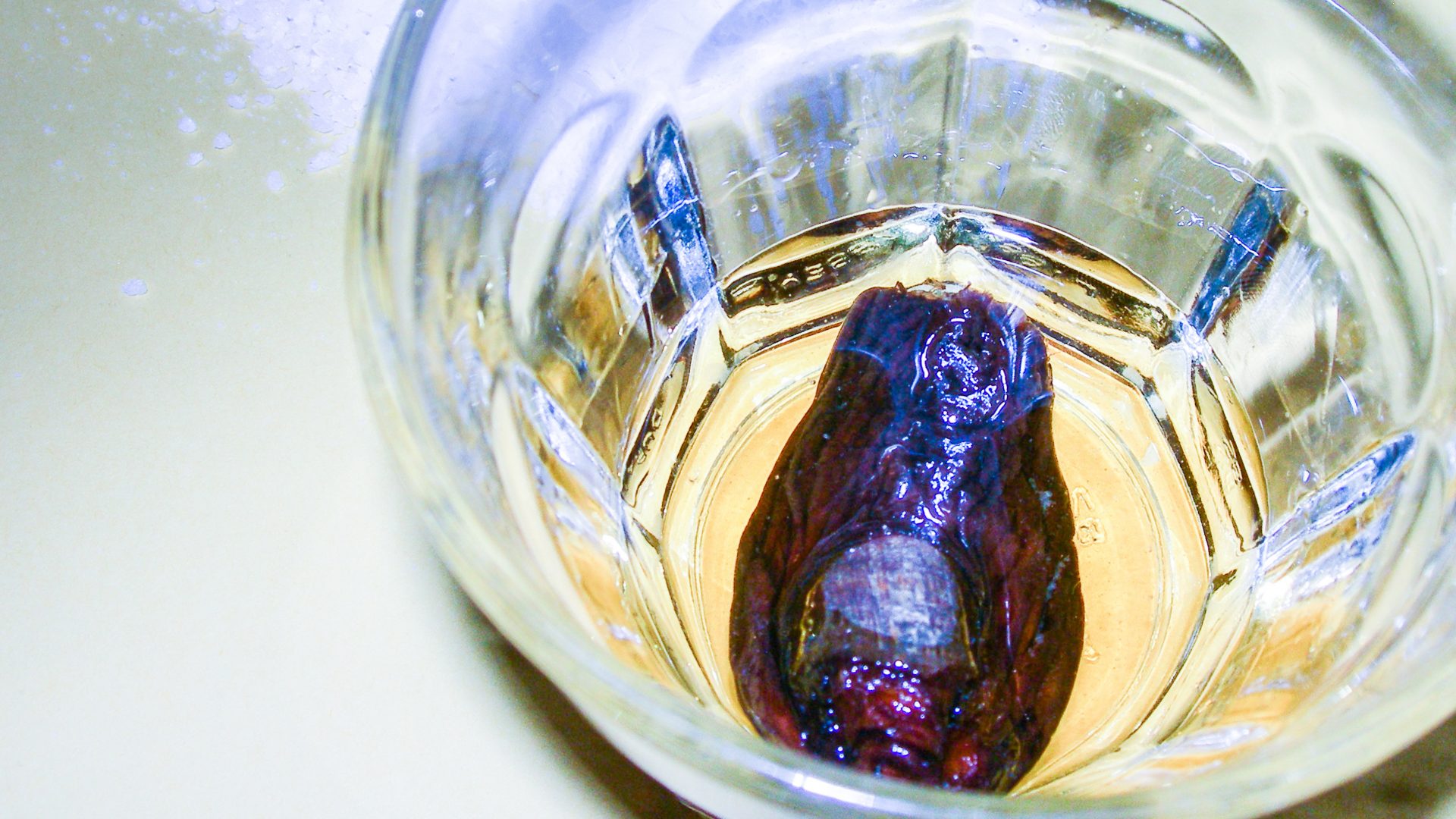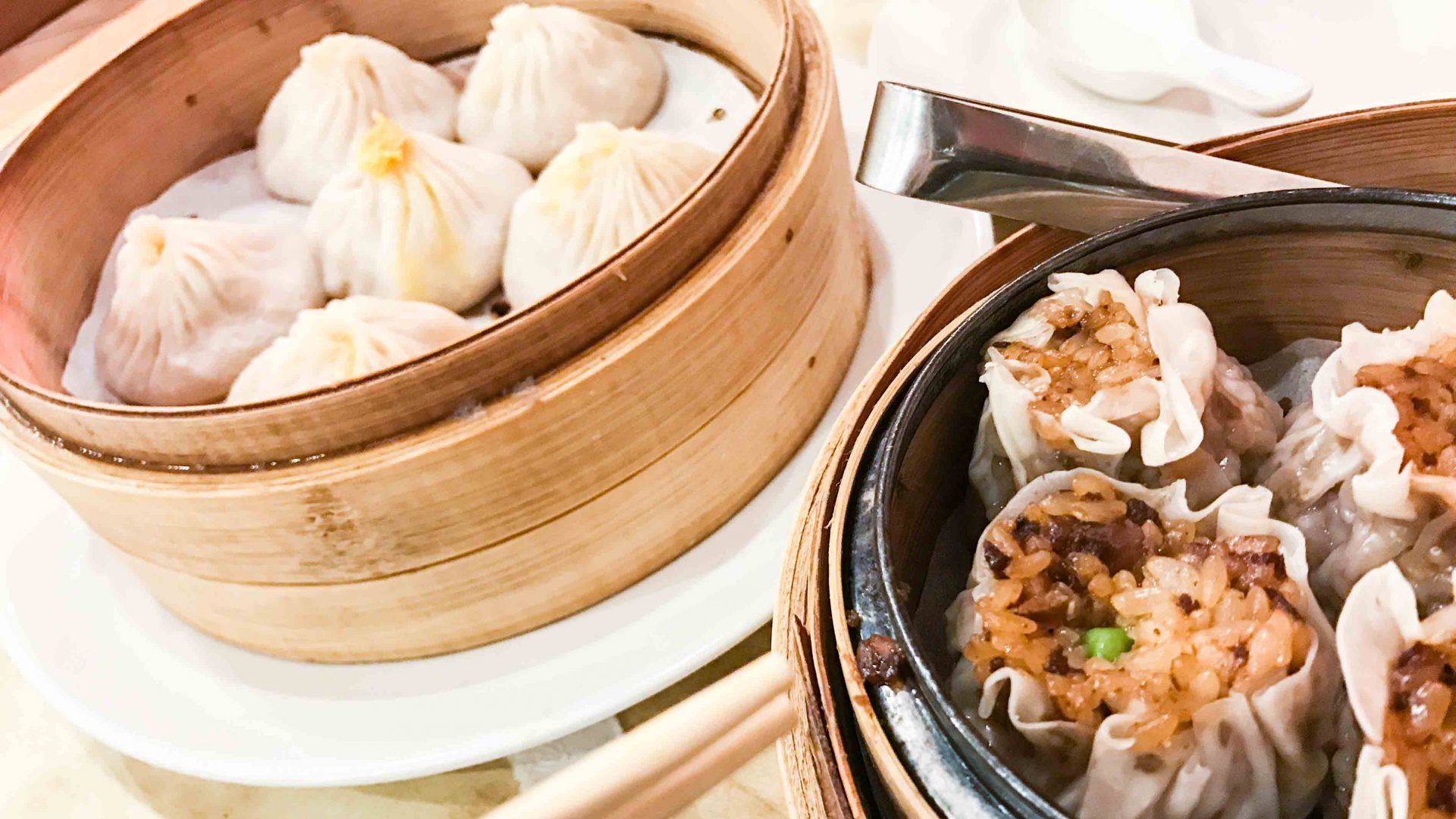“Chong Rahmat!” I called out from my horse, thanking our hosts in Kyrgyz as we bid them farewell the next morning. Baha led me away from the permanent home, towards the prairies between the mountains and the lake, where his nomadic ancestors dwelled in yurts before community tourism existed. His cell phone’s tunes set the mood again as we rode the horses on the flatter trails of Issyk-Köl’s shoreline.
Other homestays along the way provided local shelter and food for Baha and me—as well as for our horses—but it wasn’t until we arrived back at Baha’s home in Jaichy that I felt especially connected to his people. Baha’s mother prepared a meal for us, while Baha and I continued to communicate in broken English and with more exchanges of “Jaqshë” as both a question and response. It might have been the usual conversation, until Baha picked up his komuz—a Kyrgyz instrument similar to a guitar—and started playing for me. Unlike the polished Kyrgyz tunes from his cell phone—or the Motown coming from mine—his random strumming wasn’t melodious at all, and I ascertained that he wasn’t as talented a musician as he was a horseman.
Young men like him, whether they are guiding adventure tourists or not, are truly in their element when riding the mountains around Issyk-Köl—and from my experience with Baha, I knew that at least for him, there definitely ain’t no mountain high enough.
Choose Your Own Kyrgyzstan Adventure:
With over a dozen regional bureaus—including Bokonbayev, Karakol, Kochkor, and capital Bishkek—Community Based Tourism (CBT) in Kyrgyzstan is an easy and accessible network of guides to help travelers experience the rural areas of the country, while helping support the people who live there. They can arrange horseback riding tours, bike tours, and trekking tours, in addition to homestays and yurt camping (season permitting).
Other local tour agencies, who sometimes work with CBT, include Iron Horse Nomads, Top Asia, Ecotour, and Nomadic Kyrgyzstan.
